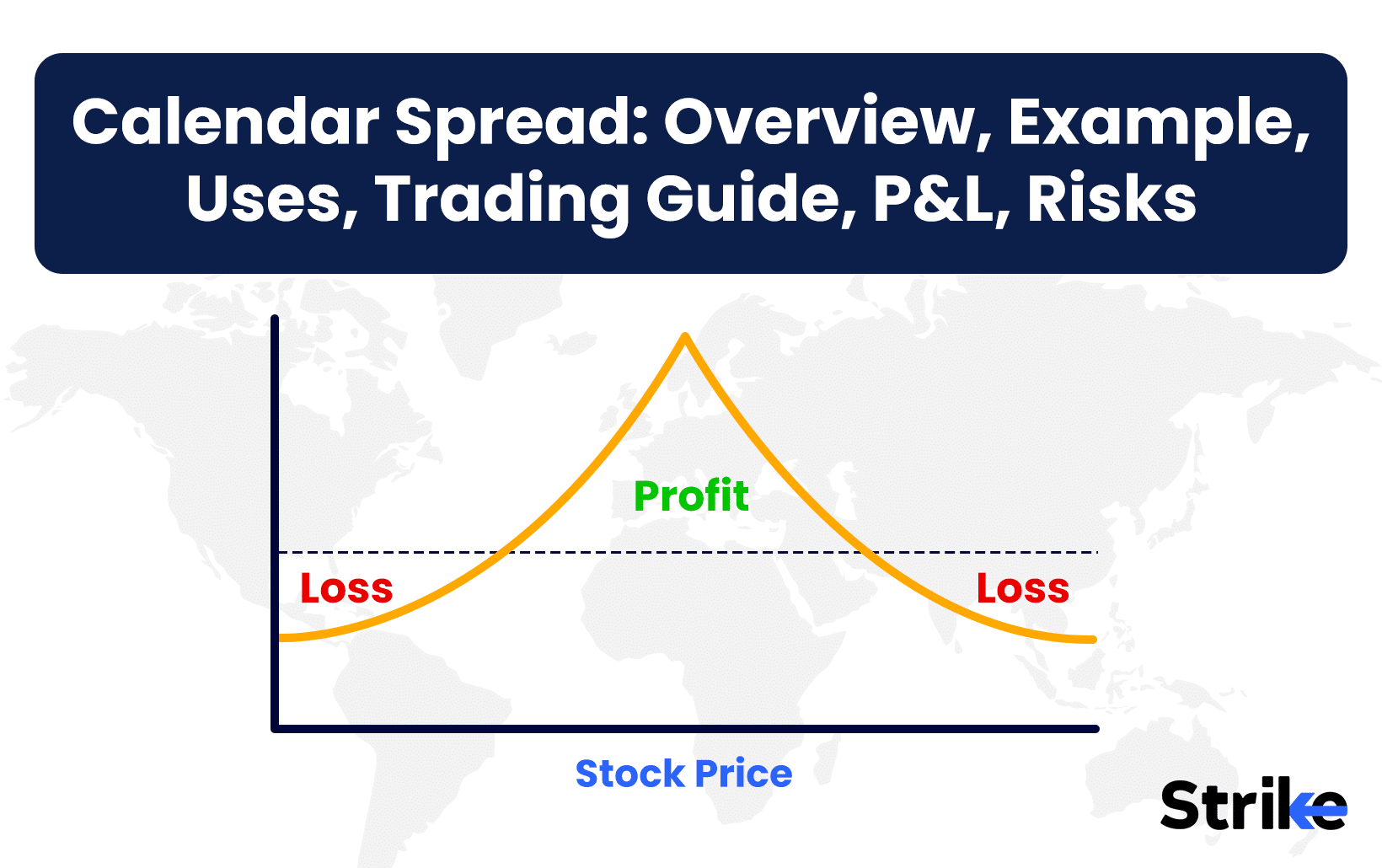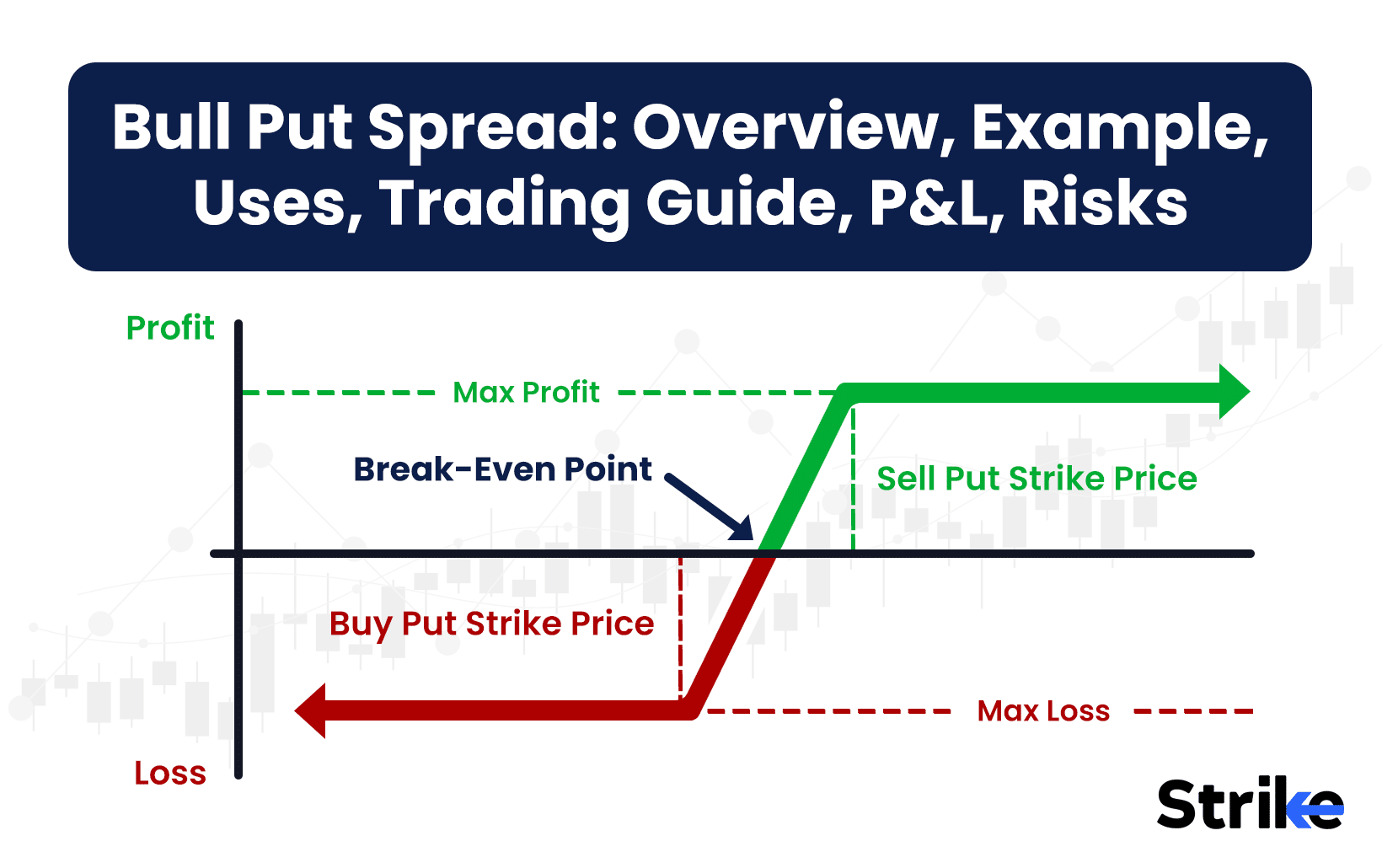How to Invest in Gold? 11 Types of Gold Investments & Benefits

Investing in gold is considered a safe haven asset that holds its value during volatile market conditions. Investing in gold provides portfolio diversification, acts as a hedge against inflation, and offers stability during equity market fluctuations. The demand for gold in India is high, driven by factors like festivals, weddings, and affinity for the precious metal as a store of wealth.
You will be able to buy coins, bars or jewelry from jewelers, banks, and post offices. The minimum investment is around Rs 5,000 for 1 gram of gold. Digital gold allows online purchase from as low as Re 1. Gold ETFs and mutual funds offer market exposure without physical possession. Sovereign Gold Bonds provide interest income along with gold price benefits. Gold futures allow one to speculate on gold prices.
Returns from gold vary based on global and domestic trends. Over the past 5-10 years, gold has delivered annual returns of 7-15% in India. However, volatility is to be expected. Charges apply in the form of making charges and brokerage. Taxation depends on the duration of holding.
Gold plays a role in an investor’s portfolio, but it is ideal to diversify across asset classes. Factors like investment horizon, risk appetite, and convenience should guide one’s choice of gold investment type. Proper storage and insurance arrangements must be made, especially for physical gold.
Below are 11 types of gold investments and their benefits.
1. Gold Sovereign Bonds
Sovereign Gold Bonds (SGBs) are government securities denominated in grams of gold. They offer an alternative to holding gold in physical form. SGBs are issued by the Reserve Bank of India on behalf of the government.
The minimum investment amount is 1 gram while the maximum limit is 4kg for individuals and 20kg for trusts per fiscal year. SGBs offer an annual interest rate of 2.5% payable semi-annually along with capital appreciation based on gold prices.
Interest earned is taxable, while long-term capital gains are tax-exempt. SGBs are purchased from the RBI, banks, SHCIL, stock exchanges, or post offices. They have a maturity period of 8 years, with an early exit option after 5 years.
SGBs provide the benefits of gold investment while eliminating storage and purity concerns and offering better liquidity. They are used as collateral for loans.
2. Gold ETFs
Gold exchange traded funds (ETFs) are mutual fund schemes listed and traded on stock exchanges. ETFs invest in gold bullion and seek to track the domestic physical gold price. Gold ETFs allow investors to own gold in electronic form without holding physical gold. Units are issued in grams with each unit representing 1 gram of 99.5% pure gold.
The minimum investment amount is 1 gram while maximum go up to 4kg for individuals annually. Gold ETFs are purchased like stocks through a demat account via brokers, banks, AMCs, and online platforms. They carry fund management charges of 0.5-1%.
The returns of gold ETFs correlate to domestic gold prices, which have delivered 12-15% annualized returns over the last 5-10 years. Long term capital gains after 3 years are taxed at 20% with indexation, while short term gains are taxed as per the income slab. Gold ETFs provide an easy and convenient way to invest in gold without storage issues. They are used for portfolio diversification and as hedges against market volatility. Gold ETFs offer high liquidity as they can be traded anytime, like stocks.
3. Gold Mutual Funds
Gold mutual funds are a type of mutual fund that invests primarily in gold and gold-related assets. Gold mutual funds allow investors to get exposure to gold without having to physically buy and store the metal.
The minimum investment amount for gold mutual funds in India typically ranges from Rs 500-1000. The returns of gold funds depend on gold prices and can be volatile. Over the last 5 years, gold funds in India have given average annual returns of around 8-12%. The expense ratio charged is around 1-2%.
Gold mutual funds have moderate risk and the taxation is similar to physical gold, with long term capital gains taxed at 20% after indexation. Gold funds can provide portfolio diversification, hedge against inflation, and stability in times of equity market volatility.
4. Gold Bullion
Gold bullion refers to gold in the form of bars or ingots. Gold bullion is available for investment in various sizes like 1 gram, 5 grams, 10 grams etc.
There is no minimum investment amount for gold bullion. The maximum amount one can buy is not restricted. Returns on gold bullion come from appreciation in gold prices and are highly volatile. Over the last 5 years, gold has given average returns of 8-10% in India.
Over 10 and 20 years, returns are 6-8% due to relatively stable prices. There are making charges of around 6-10% when buying gold bullion.
Long term capital gains tax of 20% with indexation applies if held over 3 years. Short term gains are added to income and taxed. Gold bullion provides portfolio diversification, acts as a hedge against inflation and economic uncertainty. It also has high liquidity.
5. Digital Gold
Digital gold allows investors to purchase and sell gold online without taking physical delivery. Digital gold is bought and sold through digital gold providers like MMTC-PAMP, SafeGold, and Augmont. The minimum investment amount is as low as Re 1.
There is no maximum limit. Returns come from gold price appreciation and are similar to physical gold, around 8-10% over 5 years. There are no making charges. The only cost is a 2-3% fee for buying and selling.
Taxation is same as physical gold – short term capital gains tax if held under 3 years, and long term capital gains tax with indexation if held over 3 years. Benefits are low investment amount, secure storage by provider, and convenience of online purchase/sale.
6. Gold Futures
Gold futures are standardized contracts that trade on exchanges where investors can buy or sell gold at a predetermined price on a future delivery date. Gold futures allow traders to speculate on gold prices without taking physical delivery.
There is no minimum investment amount but margins are required. The maximum position size varies by exchange. Returns on gold futures depend on movements in gold prices. Over the last 5, 10 and 20 years, gold has given average annual returns of 8-12%, 6-10%, and 7-9% respectively in India.
There are brokerage commissions of 0.01-0.05% on futures trades. Profits are subject to short term capital gains tax if held under 3 years, and long term capital gains tax if held over 3 years. Gold futures offer leverage, ability to go long or short, and efficient price discovery. However, they carry the risk of potentially unlimited losses.
7. Gold Mining stocks
Gold mining stocks represent shares of companies engaged in the exploration, development, and production of gold. Invest in gold mining stocks by purchasing shares of individual companies or through a gold mining ETF.
The minimum investment amount varies by brokerage but is often around Rs.5000-15000 to build a diversified portfolio. Average annual returns over the past 5, 10, and 20 years have been around 11%, 1%, and 9% respectively.
Taxes on gold mining stocks include capital gains tax when selling at a profit and dividends are taxed as ordinary income. Benefits include leverage to gold prices, dividends, and diversification. Charges include commission fees to buy/sell and expense ratio for ETFs.
8. Gold Coins
Gold coins are an investment option made from 24k pure gold. Gold coins
Gold coins are purchased from jewellers, banks, post offices, or online platforms in various weights like 8g, 10g, 50g etc.
The minimum investment amount is generally 1g, while the maximum limit is 4kg per financial year for individuals as per government regulations. Over the last 5, 10 and 20 years, gold has given average annual returns of 7-10%, though past performance doesn’t guarantee future returns.
Long-term capital gains tax of 20% applies on profits from selling gold coins. Benefits include hedge against inflation, portfolio diversification, and high liquidity. However, charges like making charges and storage/locker fees may apply.
9. Gold Schemes
Gold schemes allow individuals to invest in gold through periodic payments or lumpsum amounts. Popular gold schemes are the Sovereign Gold Bond, Gold Monetization Scheme and Gold Savings Schemes offered by jewellers.
Minimum investment amount varies across schemes – from as low as Rs 1000 per month for recurring deposit schemes to 2 grams for Sovereign Gold Bonds. Maximum limit is 4kg for individuals in Sovereign Gold Bonds. Returns are linked to gold prices and have delivered 12-15% CAGR over last 5-10 years.
Charges include brokerage/commission if buying from exchange, plus GST. Gains from Sovereign Gold Bonds are tax free if held till maturity. Gold schemes provide a way to invest in gold in paperless form, with returns linked to gold prices without storage overhead.
10. Physical gold
Physical gold are purchased in the form of gold coins, bars or jewelry. Jewelry purchases have higher making charges. Gold coins and bars can be bought from jewelers, banks, and designated post offices. Some popular coins are the Indian Gold Bullion Coins issued by MMTC-PAMP and Indian Gold Coins issued by RBI.
The minimum investment amount is equivalent to 1 gram of gold, currently around Rs 7,100. There is no maximum limit. Indians have a strong affinity for gold buying for special occasions, gifting and investment purposes due to its enduring value.
Returns on gold depend on global and domestic price trends. Over the last 5, 10 and 20 years, gold has given average annual returns of 7-10% in India. However, gold prices fluctuate daily.
Charges include making charges of 5-10% for jewelry, and 2-5% premium over gold price for coins/bars. Gold purchases over Rs 50,000 require PAN card. Short term capital gains tax of 15% applies if gold is sold within 3 years. Long term gains after 3 years attract 20% with indexation.
Benefits include portfolio diversification, hedge against inflation and currency risk. Gold loans are also availed against gold as collateral. Safe storage is critical for minimizing theft risk.
11. Gold Jewellery
Gold jewelry are purchased from jewelers, e-retailers or organized retail chains. Pure gold jewelry contains 24 karats of gold. The minimum investment is the cost of a small ornament, around Rs 5,000.
There is no maximum limit. Returns on gold jewelry depend on domestic and global gold price trends, averaging 7-10% annually over the last 5, 10 and 20 years in India. However, being an unproductive asset, returns are lower than financial instruments. Making charges of 5-10% apply. GST of 3% is charged on jewelry.
Short term capital gains tax of 15% applies if sold within 3 years. Long term capital gains after 3 years are taxed at 20% with indexation. Gold jewelry meets personal needs and acts as a store of wealth. It is pledged to avail loans. The risk of theft necessitates safe storage.
When should you buy Gold?
Gold can be purchased at any time since it is not tied to the stock market. But it is best to buy when the price dips or corrects as you get more gold for your money. Gold is considered a long-term investment, so timing the market is less critical than for short-term assets.
What is the best way to invest in Gold?
The safest way to invest in gold is by purchasing physical gold coins or bars, as you have direct ownership of the metal. Another option is investing in a gold ETF, which tracks the price of gold and provides market exposure without needing physical storage. For diversification, consider a gold mining stock ETF, which follows gold mining companies that tend to rise with gold prices.
What is the ROI of gold?
According to Statista, gold’s rate of return as an investment was 4.09% in 2023. The average annual return of gold between 1971 and 2022 was 7.78%.
Why should you invest in gold?
You should invest in gold because gold provides portfolio diversification since it tends to be inversely correlated with stocks and other financial assets. Gold acts as a hedge against inflation, as its price typically rises along with the cost of living over time. Gold is a tangible asset with intrinsic value, providing an alternative to the stock market which is subject to volatility. Unlike paper currency, which can be devalued, gold offers stability outside the fluctuations of the stock market.
What are the risks of investing in Gold?
The main risk of investing in gold is its volatility, as gold prices can fluctuate significantly based on market dynamics and geopolitical factors. There are storage and security risks associated with physical gold investments, and lack of regular income unlike bonds or dividend stocks. Further, gold does not provide any returns beyond capital appreciation and has lower liquidity compared to financial instruments like stocks. Gold ETFs provide market exposure, but they carry risks like management fees and tracking error from actual gold prices. Also, gold mining stocks add business risks that are unique to the specific company.
What is the cheapest way to buy Gold?
The cheapest way to buy gold is to purchase gold exchange-traded funds (ETFs). Gold ETFs provide exposure to gold prices without having to pay the premiums associated with physical gold coins or bars. Gold futures allow leverage, but they involve more risk and require active management. Gold ETFs have lower expense ratios of around 0.5-1% compared to over 5% for physical gold. ETFs can be conveniently purchased like stocks through a brokerage account, avoiding the storage costs and security risks of physical gold.
Is it better to buy Gold or Silver?
Gold is considered a better investment than silver due to higher demand, lower supply, and its status as a reserve currency. But silver is more affordable and may see higher returns percentage-wise.
Is it better to buy Gold or Copper?
Gold is considered a better investment than silver due to higher demand, lower supply, and its status as a reserve currency. But silver is more affordable and may see higher returns percentage-wise.









 Previous Article
Previous Article






No Comments Yet